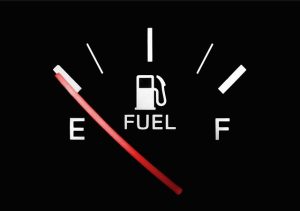
Zero fuel weight is an important metric for fixed-wing aircraft. Not to be confused with maximum takeoff weight (MTOW), it represents the total weight of an aircraft minus fuel. Whether you’re a private pilot or aerospace engineer, you can’t ignore zero fuel weight. For a better understanding of the zero fuel weight and how it affects aircraft, keep reading.
What Is Zero Fuel Weight?
Zero fuel weight is exactly what it sounds like: the weight of an aircraft when the aircraft doesn’t have any fuel. It takes into account the aircraft’s fuselage, wings, engines, cargo, passengers and crew. The only weight-adding element that zero fuel weight doesn’t take into account is the aircraft’s fuel.
Why Zero Fuel Weight Is Important
For an aircraft to be deemed airworthy by the U.S. Federal Aviation Administration (FAA) — and thus be deemed safe for flight — it may have to adhere to a maximum zero fuel weight specification.
Maximum zero fuel weight is essentially a weight limit. It represents how much an aircraft can weigh excluding its fuel. Certain types of aircraft have a maximum zero fuel weight as part of their airworthiness certification. If the aircraft’s zero fuel weight exceeds its maximum zero fuel weight, it won’t be deemed safe for flight.
Weight and Wing Bending
What’s the purpose of specifying a zero fuel weight and a maximum zero fuel weight exactly? Aside from airworthiness, these specifications protect against wing bending.
As the main lifting surfaces on fixed-wing aircraft, the wings are exposed to significant stress during flight. More importantly, the wings must overcome the weight of the airplane to produce sufficient lift. The zero fuel weight and maximum zero fuel weight specifications ensure that the aircraft’s wings succumb to weight-induced failure.
Commercial airliners, of course, can carry a lot of fuel. The Boeing 787, for instance, holds nearly a quarter-million pounds at full capacity. But most commercial airliners are designed with fuel storage tanks in their wings. Because the wings produce most of the lift, the fuel doesn’t stress them as much as the airliner’s body.
The airliner’s body and all of its content — not the fuel stored in the wings — is responsible for most of the stress placed on the wings. If the body weighs too much, the wings may bend excessively, thus jepordizing the airliner’s structural integrity. With zero fuel weight and maximum zero fuel weight, airliners can stay within this limit to prevent wing bending.



